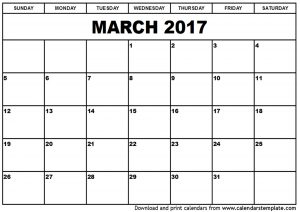Exciting news! I will be leading a class at Agile Writers, called Write Your Life: Memoir and Memoir-based Fiction. Anyone interested in writing about their life events is welcome to join. You can be any age, at any writing level; however, we will not be writing novels or poetry, so if those are your interests, try one of the other great classes Agile Writers has to offer!
The class will run for six weeks, April 23 to June 4, from 5-7 p.m. By the end of the six-week class, you can expect to have five short pieces ready to develop, one of which has been revised based on class critique. Each assignment will be crafted for this specific class. All members of the class will be expected to write for each class (up to 3 typewritten pages, double spaced) and to participate in the critiques. All assignments will be handed out the first day, so missing one class won’t put people off-track.
Date and time:
Sun, April 23, 2017 to Sun, June 4, 2017
5:00 PM – 7:00 PM
Location:
Agile Writers Offices
221 Ruthers Road #204
Richmond, VA 23235
Price: $180



Here, for your writing and partying pleasure, is a list:
Allport Syndrome Awareness Month coincides with National Kidney Month to raise awareness of kidney disease and the benefits of organ donation.




The best written love must overcome obstacles.


This book explores five ways people express love.
#1 Words of Affirmation
#2 Quality Time
#3 Receiving Gifts
#4 Acts of Service
#5 Physical Touch
According to the author, each person has a predominant mode of expression.
FOR PLOT PURPOSES, you need only have two people with different preferences for expressions of love to go unrecognized.
This book is a NYT #1 Bestseller. The writing is accessible, the examples informative. I recommend it!
And as so often happens, there are now niche sequels.
GO FOR SOME LOVE! After all, Valentine’s Day is coming soon.


